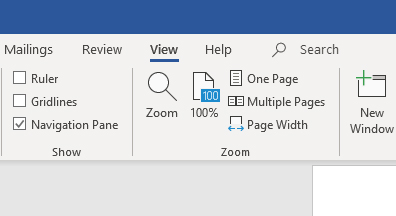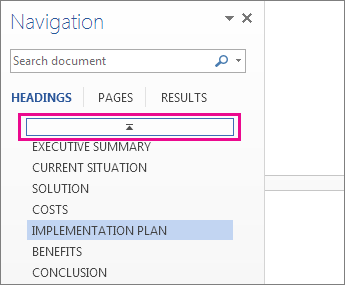
Pearson may offer opportunities to provide feedback or participate in surveys, including surveys evaluating Pearson products, services or sites. We use this information to complete transactions, fulfill orders, communicate with individuals placing orders or visiting the online store, and for related purposes. Online Storeįor orders and purchases placed through our online store on this site, we collect order details, name, institution name and address (if applicable), email address, phone number, shipping and billing addresses, credit/debit card information, shipping options and any instructions. We use this information to address the inquiry and respond to the question.

To conduct business and deliver products and services, Pearson collects and uses personal information in several ways in connection with this site, including: Questions and Inquiriesįor inquiries and questions, we collect the inquiry or question, together with name, contact details (email address, phone number and mailing address) and any other additional information voluntarily submitted to us through a Contact Us form or an email. Please note that other Pearson websites and online products and services have their own separate privacy policies. This privacy notice provides an overview of our commitment to privacy and describes how we collect, protect, use and share personal information collected through this site. Pearson Education, Inc., 221 River Street, Hoboken, New Jersey 07030, (Pearson) presents this site to provide information about Peachpit products and services that can be purchased through this site. Click the indicator to open the Word Count dialog box. If text is selected, it shows the number of words in the selection. This indicator shows the word count for the document. Click it to open or close the Navigation Pane. This indicator displays the current page number, as well as the total number of pages in the document. You can drag the scroll box, click in the scroll bar, or click the arrow icons at either end of the scroll bar to navigate through a document’s pages. You can close panes or switch to Read Mode to increase the display area for the document. Most of Word’s window is reserved for the current word-processing document. When the Navigation Pane is displayed (View : Show : Navigation Pane), you can use it to go to a particular spot in a document by clicking a listed heading, page thumbnail, or search result.ĭocument. Ĭlick this icon at the bottom of a Ribbon group to launch a related task pane or dialog box. Many task panes are opened by clicking what was formerly a dialog box launcher on the Ribbon. To make it easier to format and edit certain types of material, such as inserted charts and photos, you can open a task-related pane on the side of the document window. The vertical ruler is visible only on the page that contains the text insertion mark. Use the controls on the horizontal ruler to set or change tab stops and indents for the selected paragraph(s). Click the View : Show : Ruler check box to hide or show the horizontal and vertical rulers. To perform a command, you switch to the appropriate tab by clicking it and then click the command’s icon, menu, or control. Within each tab, procedures are further divided into groups, based on similarity of function.

Similar commands and procedures are listed together on a tab, such as Insert or View.

The Ribbon is Office’s replacement for the program menus found in Word 2003 and earlier versions. Click the close box (X) to dismiss Word Help. For information on launching and quitting Word, as well as performing basic document-related tasks, such as creating, opening, saving, and closing documents, see Chapter 2.Ĭlick text links and icons in Word Help to view help topics.

In this introductory chapter, you’ll learn about the Word interface, working in different views, and entering and editing text. Because it is so pervasive and allows you to save in a variety of file formats, there’s an excellent chance you can create a version of a given Word document that can be opened by almost any recipient. You can use Word to write letters, memos, reports, and essays. Microsoft Word is a word-processing application-perhaps the most widely used word-processing application in existence. Entering Symbols and Special Characters 96.


 0 kommentar(er)
0 kommentar(er)
